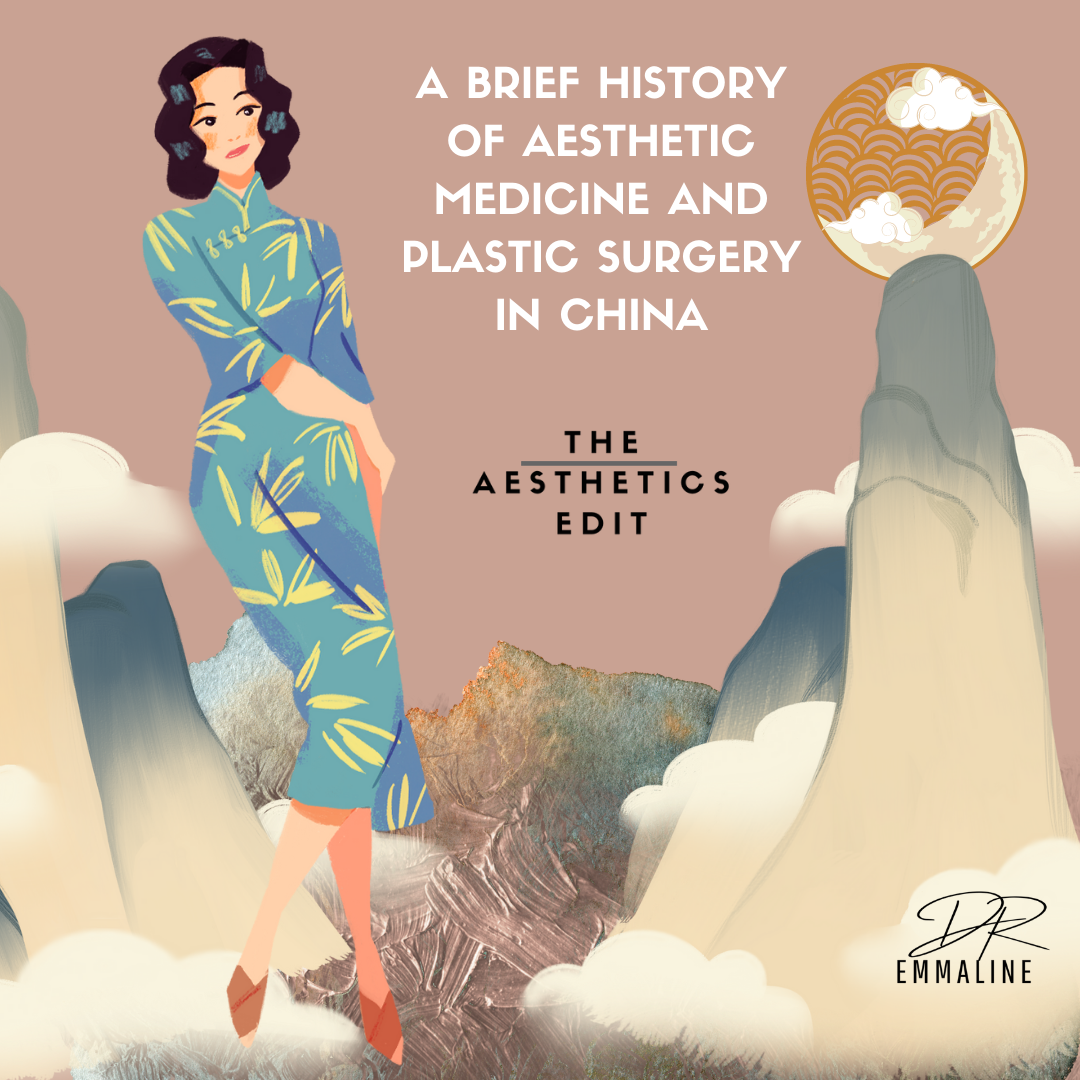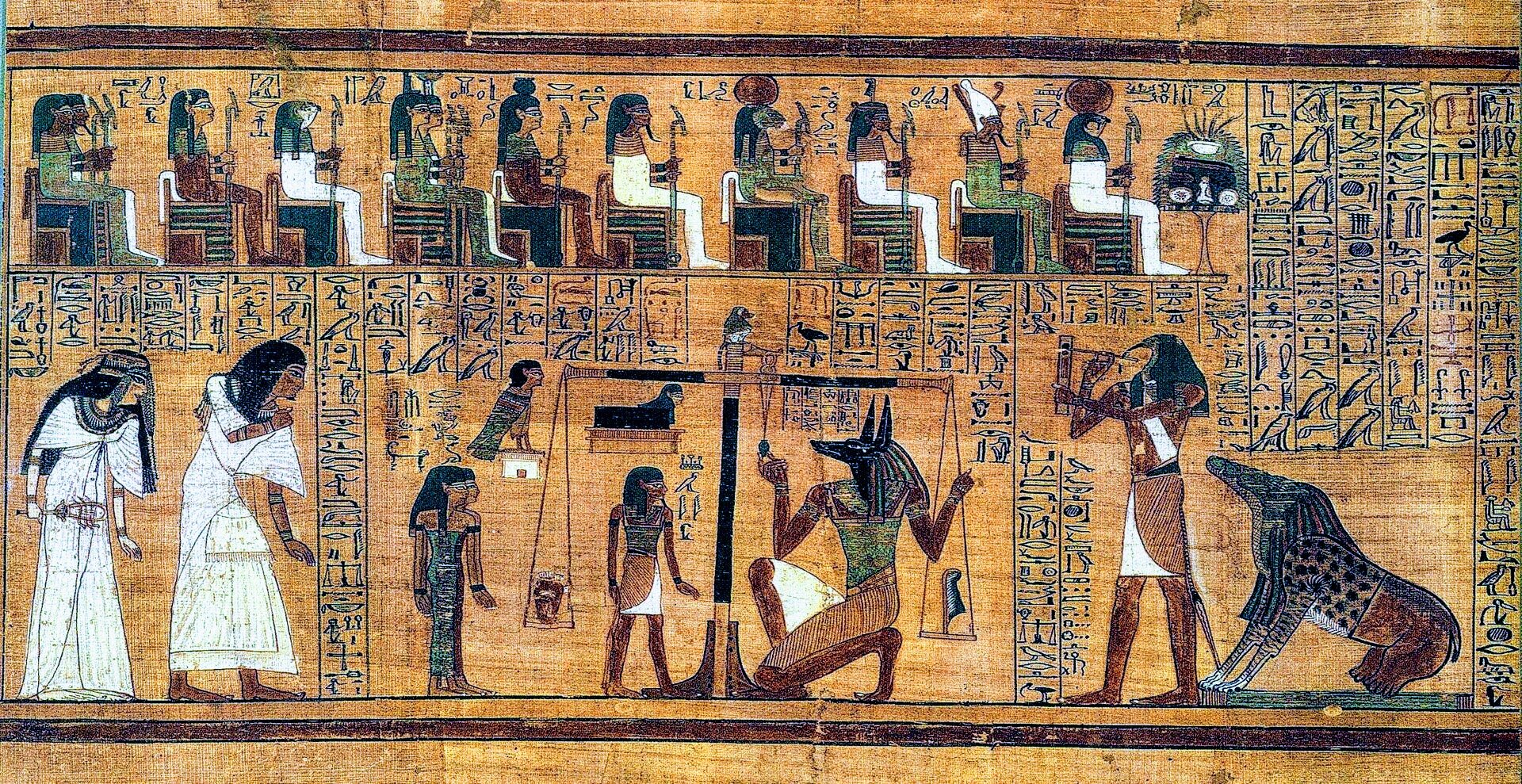The History of Plastic Surgery Begins in Ancient Egypt: The Mystery of the Edwin Smith Papyrus
The history of aesthetic medicine is firmly ensconced in the history of plastic surgery, and the story plastic surgery itself is endlessly fascinating - beginning in the ancient world and blossoming in the wake of two bloody and horrific world wars. I’ve always had a love of ancient history and Egypt holds a special place in my heart, which is why I find the story of the Edwin Smith Papyrus so fascinating. You could argue that the story of plastic surgery starts in the ancient Egypt. When the mysterious Edwin Smith Papyrus was finally translated, less than a hundred years ago, it was found to describe the first recorded nasal reconstruction, how to deal with facial fractures and gaping facial wounds, as well as basic techniques in trauma and trauma surgery.
Egypt has always been associated with magic and mystery. The most famous of Egypt’s ancient funerary texts is the Book of the Dead: a hellish guide to navigating the underworld. Vibrantly illustrated are infamous scenes of Anubis weighing the dead’s heart against the feather of Truth, with the monster Ammit lying in wait with flashing eyes and snapping jaws to devour anyone found wanting. It is a map of the journey a soul must take after death, providing the newly deceased with spells and guidance to make it to their ultimate destination.
But it would be a mistake to think that the Egyptians were merely satisfied with spells and incantations, probing the gods for answers. Science flourished in Egypt – with sophisticated astronomical calculations, tracking the inundations of the Nile, feats of engineering, the building of the pyramids, and the first cataract surgeries.
Then, in the 19th century, a sort of mania spread throughout Europe and the United States, triggered by the arrival of Napoleonic troops in Egypt during the 18th century. It was a love of all things Egypt. Archaeologists sought knowledge, collectors sought wealth – while some sought adventure, many sought fame. And Edwin Smith was one of these many - enthralled by this ancient land.
Born in Bridgeport, Connecticut in 1822, the American businessman found his way to Egypt during the American Civil War, where he lived for over twenty years. Not much is known about his life. Smith was alternately described as a money lender and forger of antiquities, or as an adventurer with a unique and impressive knowledge of Egyptian hieratic. Whatever the truth might have been, Smith can be credited with rescuing an invaluable medical papyrus from likely obscurity.
During his time in Luxor in 1862, an Egyptian merchant by the name of Mustafa Agha offered for sale a mysterious fifteen-foot-long scroll. Rumour and conjecture surround the transaction, with reports that this was a work written by the legendary Imhotep himself, taken from the tomb of a physician in Thebes. When Edwin Smith bought it, he probably did not know that this remarkable document represented the first record of a largely scientific approach to medicine. Other ancient medical texts had been recovered from Egypt, but they contain a glorious mixture of spells and natural remedies for various illnesses and ailments – reason and enigma existing side-by-side.
Smith brought the scroll back to America, where it stayed unpublished until his death in 1906. His daughter donated the text to the New York Historical Society, where it lay in wait for another decade and a half. It wasn’t until famed Egyptologist and classical archaeologist Caroline Ransom Williams stumbled across it that the papyrus was brought to the attention of James Henry Breasted. Breasted was an extraordinary man – the first American to ever receive a PhD in Egyptology and the founder of Oriental Studies at the University of Chicago. Breasted immediately recognised the importance of the manuscript. After seeking advice and medical input from Dr. Arno B. Luckhardst, Breasted translated and published it under the title The Edwin Smith Surgical Papyrus in 1930.
Based on careful analysis of the work, Breasted concluded that what he had in his possession was in fact a copy of an even earlier work. While the Edwin Smith papyrus dated to the seventeenth century BCE, the original text likely came from the beginning of the Old Kingdom, a millennium prior, around 2600 BCE.
The final product was gorgeous: a breathtaking two-volume work of scholarly achievement and expertise, with a beautiful reproduction of the papyrus itself consisting of handwritten hieroglyphic transcriptions of the original hieratic – a form of shorthand Egyptian writing. In the introduction to the book, Breasted marveled at the Egyptians’ understanding of physiology, noting that this papyrus contained the earliest recorded words for brain and pulse.
“Here we find the first scientific observer known to us, and in this papyrus we have the earliest known scientific document.”
There were so many twists and turns in the journey of the Edwin Smith Papyrus before it was finally translated in the 20th century and made accessible to us. Most of the steps in that journey are completely lost to us, as we will never know who saved the ancient knowledge by transcribing it onto the papyrus that was passed down to us. But we can be grateful that we have this glimpse back thousands of years in time into the very origins of surgery and medicine.















There are so many incredible stories in medical history, especially when it comes to plastic surgery and cosmetic medicine. As I’ve discussed previously, the origin of a lot of aesthetic medical techniques come from the horrific injuries sustained during the World Wars and the innovation and brilliance of the clinicians who tried to treat them.
One of my favourite stories is about the Guinea Pig Club.